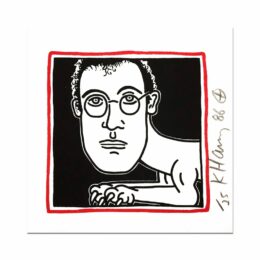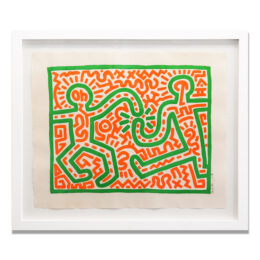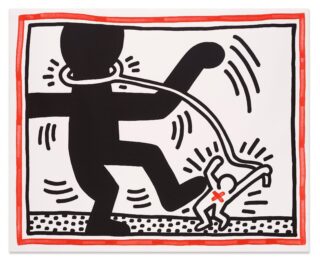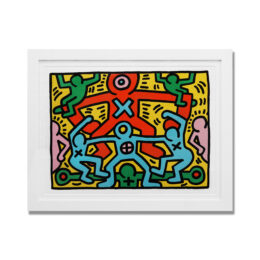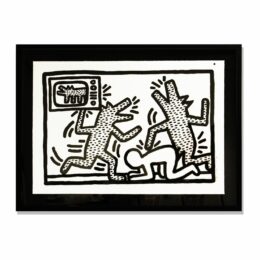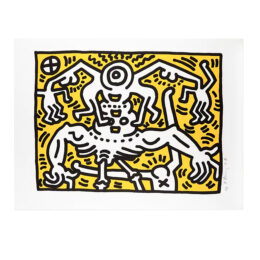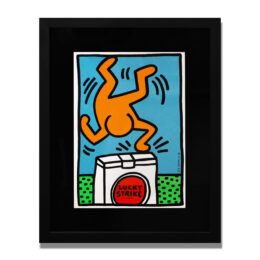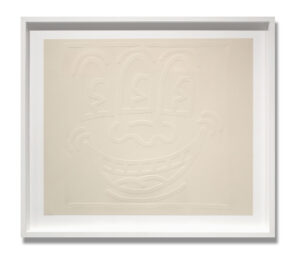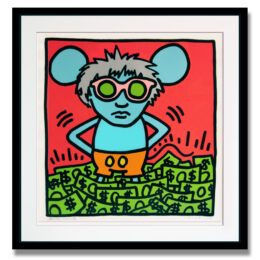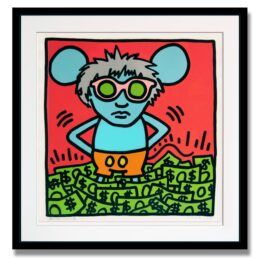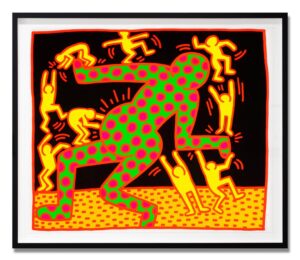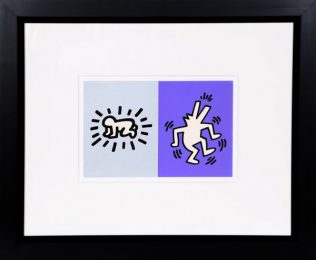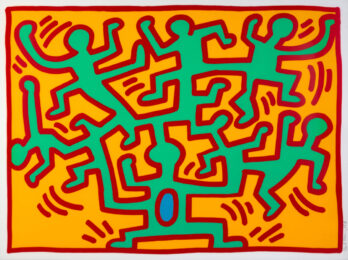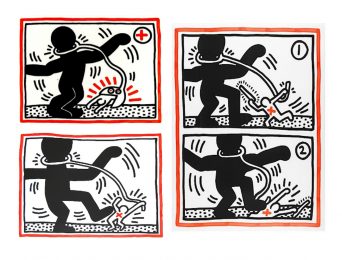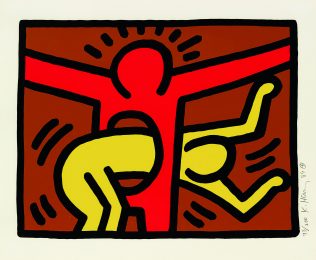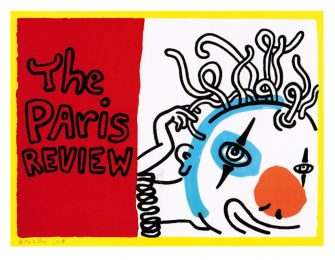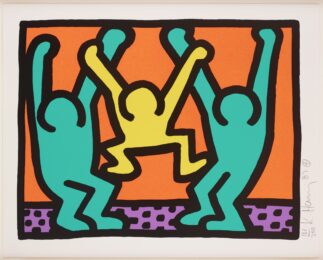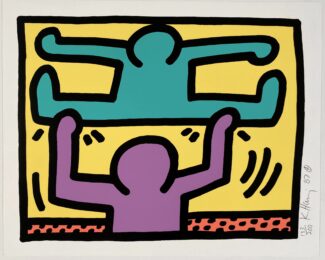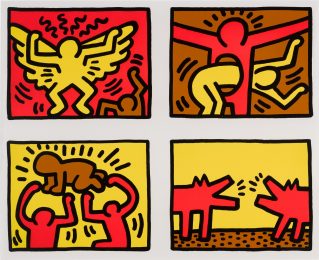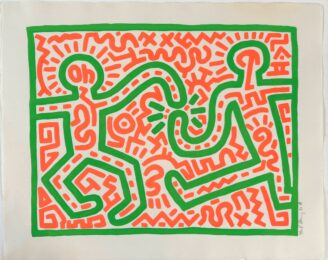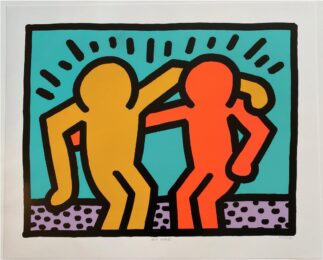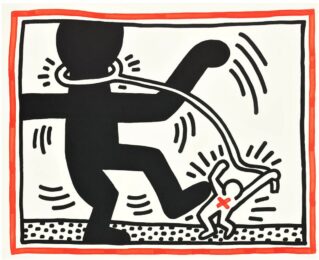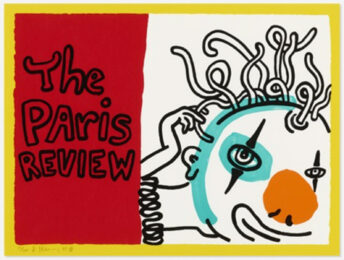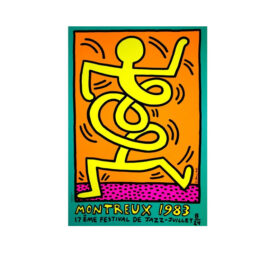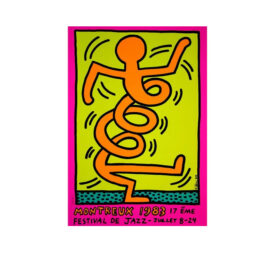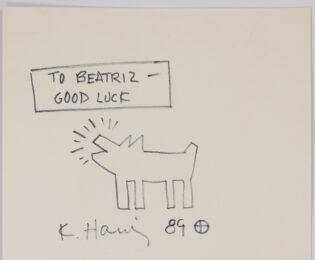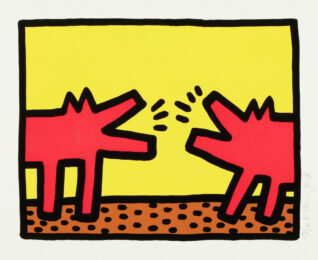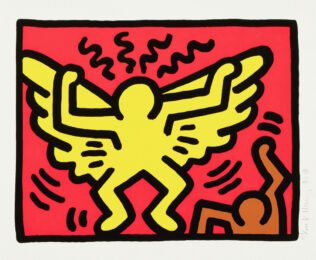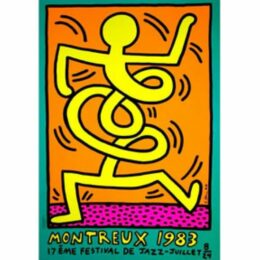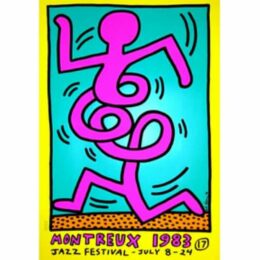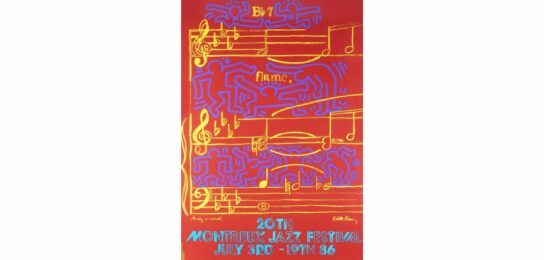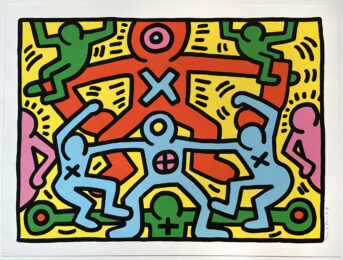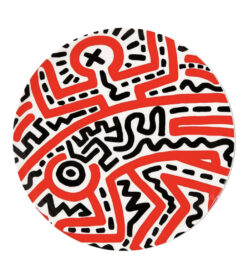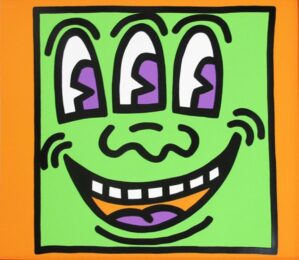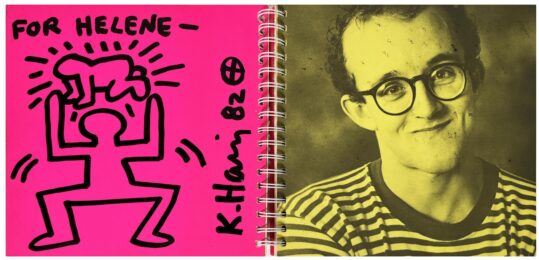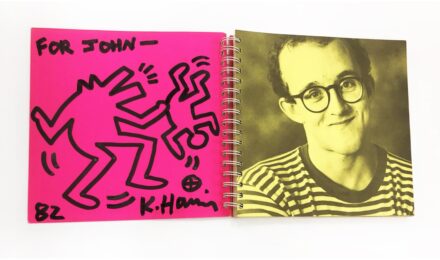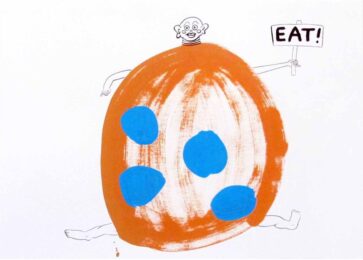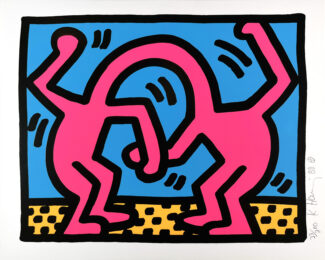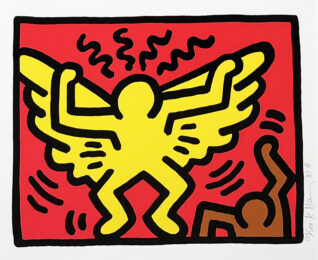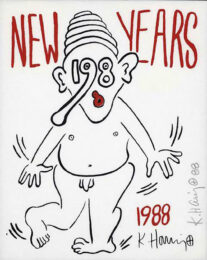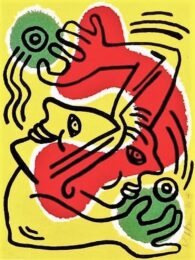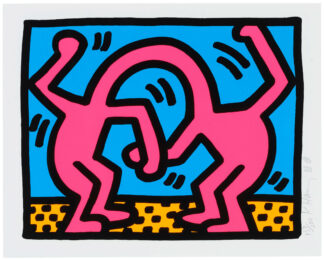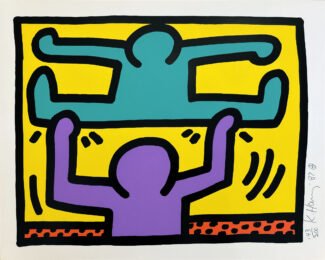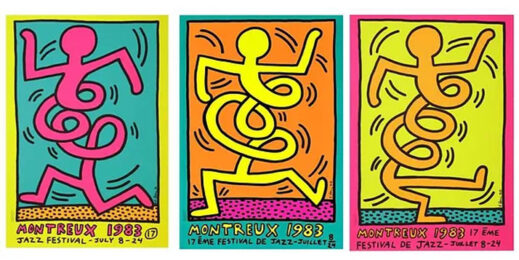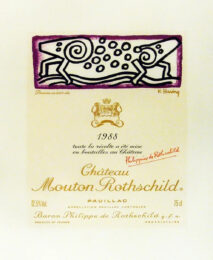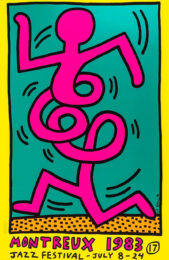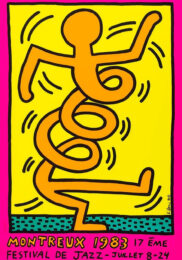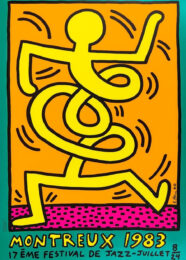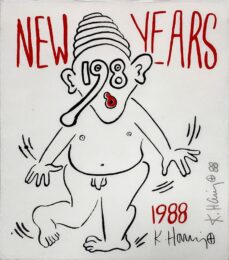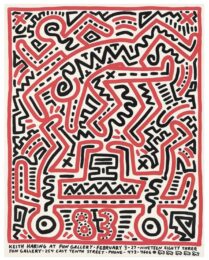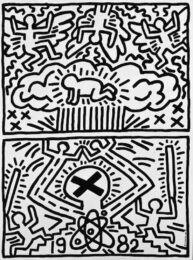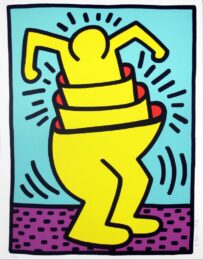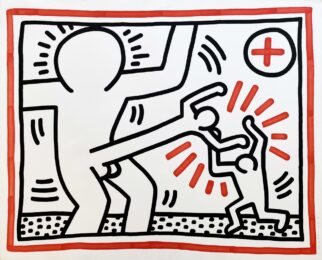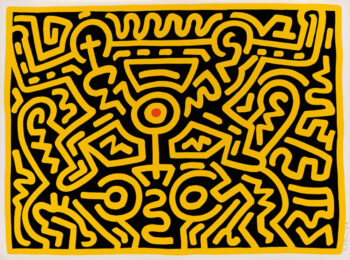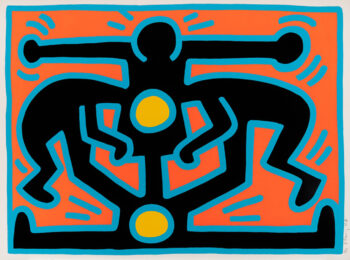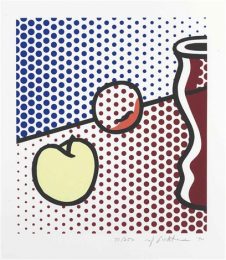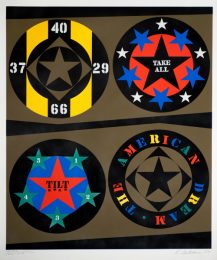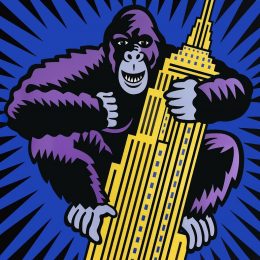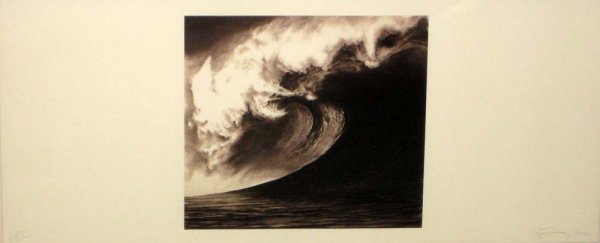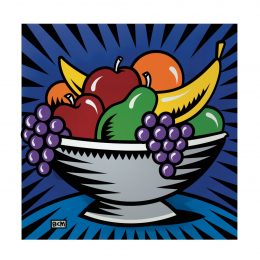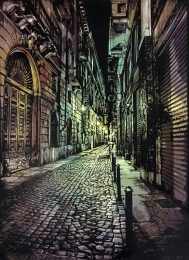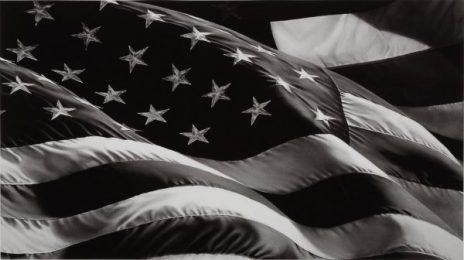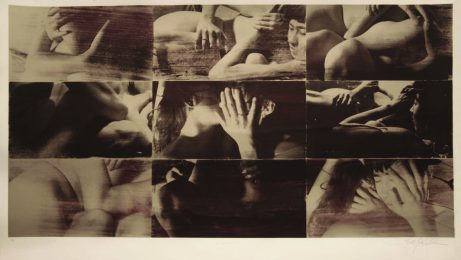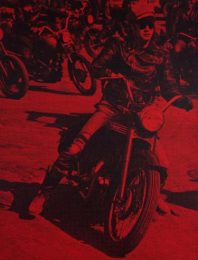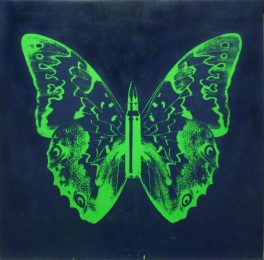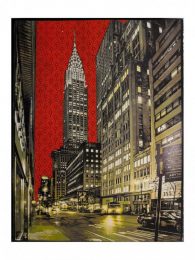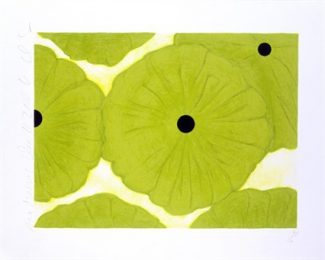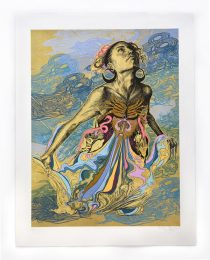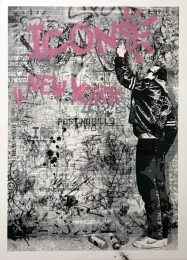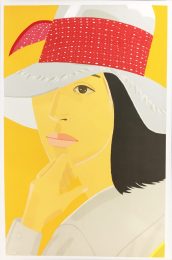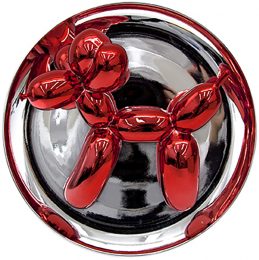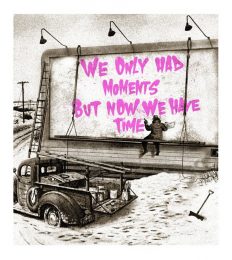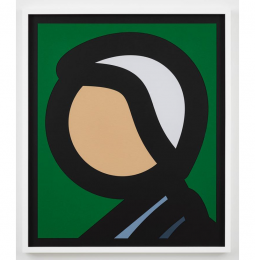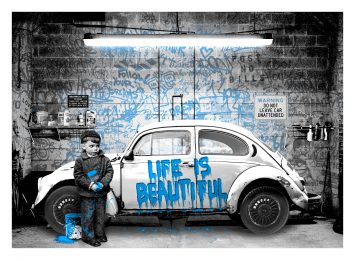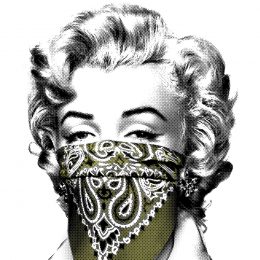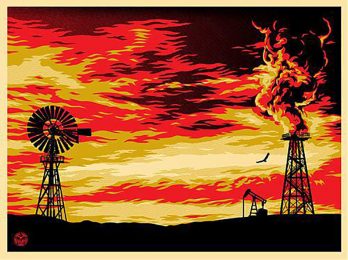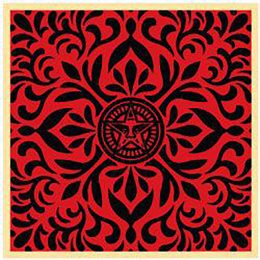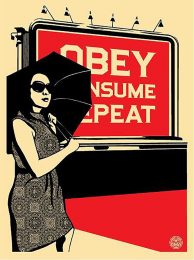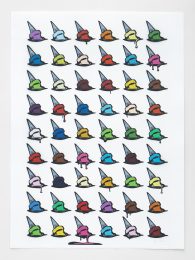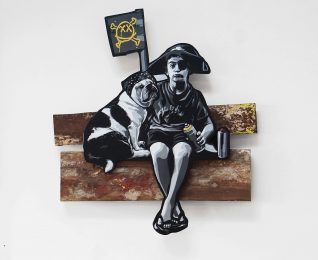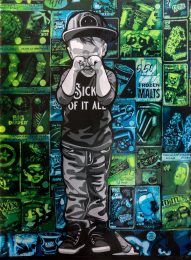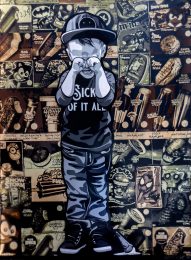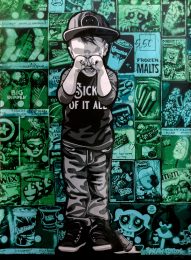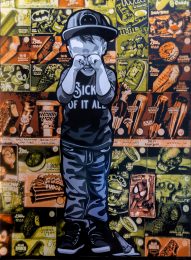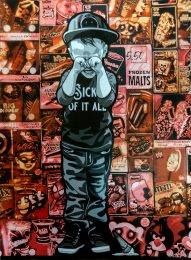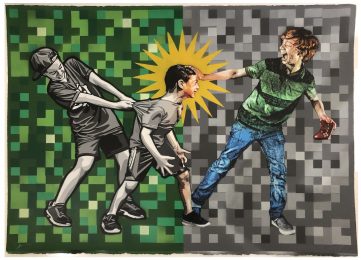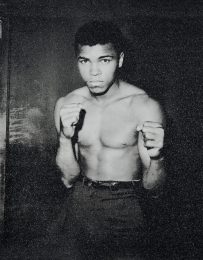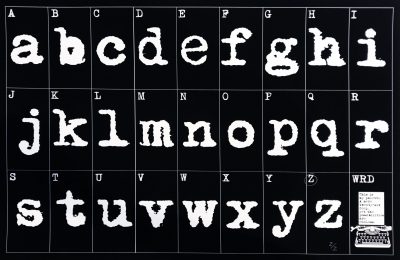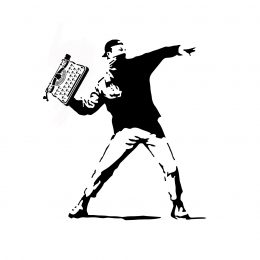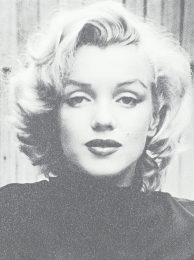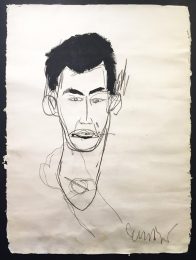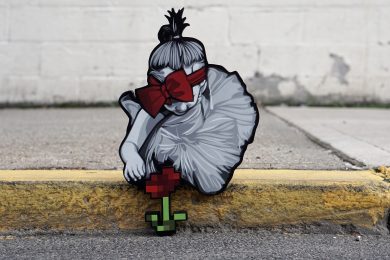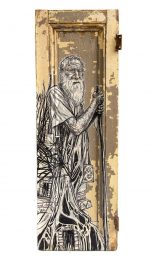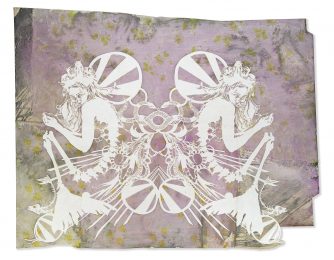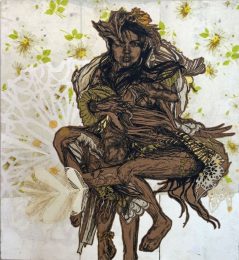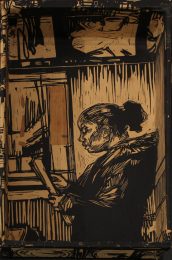Details — Click to read
Keith Haring, a renowned Pop and contemporary street artist, was known for his advocacy for accessible art and AIDS awareness. The artist opened his NYC and Tokyo Pop Shops in 1986 and 1987, respectively. Part of a Pop Shop suite, “Pop Shop I (4)” is silkscreen print on paper that features a purple figure supporting a teal figure in the air, with a bright yellow background. These vibrant figures are created in Haring’s signature glyphic style. Part of an edition of 200, this signed and numbered silkscreen print measures 13 1/2 inches tall by 16 1/2 inches wide.
For additional information or to inquire about other available artworks by Keith Haring, please reach out to us directly!
Keith Haring, born on May 4, 1958 in Reading, Pennsylvania, and was raised in nearby Kutztown, Pennsylvania. He developed a love for drawing at a very early age, learning basic cartooning skills from his father and from the popular culture around him, such as Dr. Seuss and Walt Disney. Upon graduation from high school in 1976, Haring enrolled in the Ivy School of Professional Art in Pittsburgh, a commercial arts school. He soon realized that he had little interest in becoming a commercial graphic artist and, after two semesters, dropped out. While in Pittsburgh, Haring continued to study and work on his own and in 1978 had a solo exhibition of his work at the Pittsburgh Arts and Crafts Center. Later that same year, Haring moved to New York City and enrolled in the School of Visual Arts (SVA). He found an active scene of young musicians and artists, including Kenny Scharf and Jean-Michel Basquiat, with whom Haring became fast friends. Perhaps more importantly, he found art moving out of galleries and into public life. New York at that time was a place of new trends like the rise of hip-hop, diverse club scenes, and graffiti art. Haring embodied the city’s energy, tirelessly taking his art wherever he was as his drawings and paintings were often created in minutes. Haring developed his trademark style working on the black surfaces used to cover up old advertising logos in the New York subway, where his drawings were seen by thousands each day and the momentum of Haring’s practice soon found him working in any medium that provided a proper context for his images or could hold a mark. Haring became a recognizable figure in New York, attaining somewhat of a celebrity status that drew much attention to his gallery shows, public projects, and merchandising.
During a brief but intense career that spanned the 1980s, Haring’s work was featured in over 100 solo and group exhibitions. In 1986 alone, he was the subject of more than 40 newspaper and magazine articles. He was highly sought after to participate in collaborative projects and worked with artists and performers such as Madonna, Grace Jones, Bill T. Jones, William Burroughs, Timothy Leary, Jenny Holzer, Yoko Ono, and Andy Warhol, just to name a few. By expressing universal concepts of birth, death, love, sex and war, using a primacy of line and directness of message, Haring was able to attract a wide audience and assure the accessibility and staying power of his imagery, which has become a universally recognized visual language of the 20th century.



